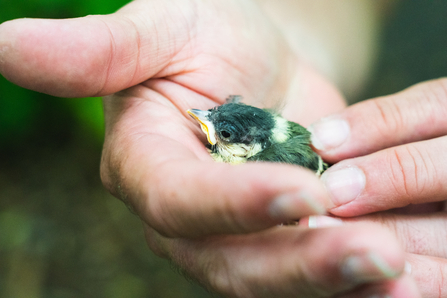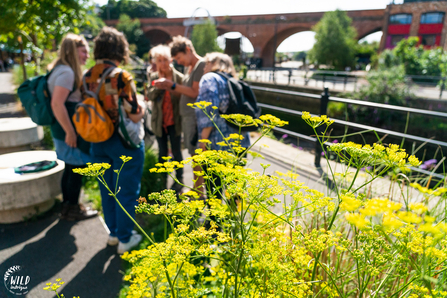From its iconic industrial heritage, Newcastle-upon-Tyne’s Lower Ouseburn Valley has developed a dynamic and rich parallel history of urban nature in the heart of the city.
Today, Ouseburn is a vibrant cultural landscape, framed by the architecture of its past, layered with a diverse range of dynamic habitats where inner-city Otters feed, Kingfishers complement colourful art and the famous Ouseburn Mute Swans raise their families.
Wild Ouseburn was established to explore, document and celebrate the species present within the valley, to help inform future management of Ouseburn’s wild spaces, and provide an inspiring platform for our local community to engage with the urban wilds that surround us.









